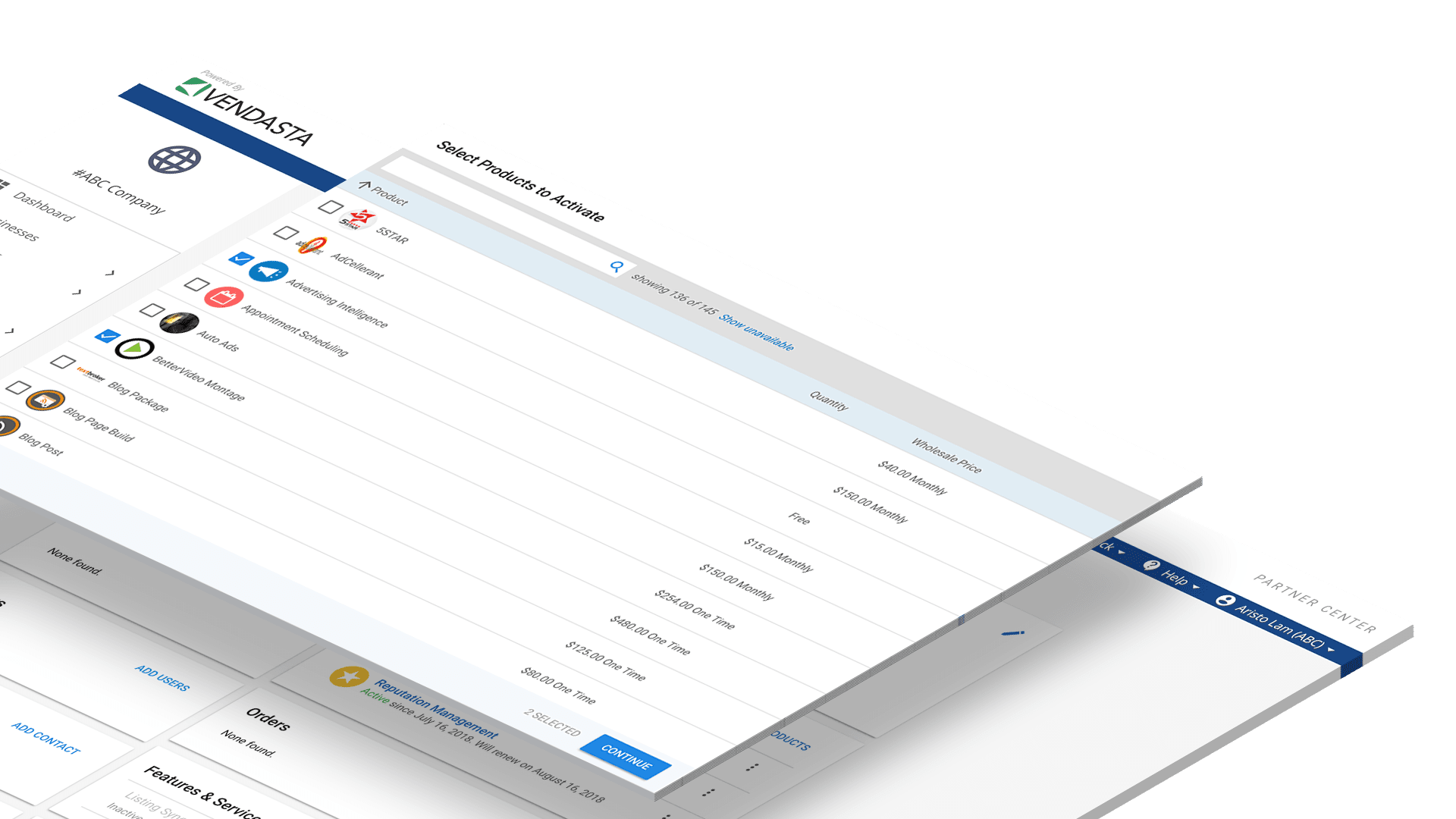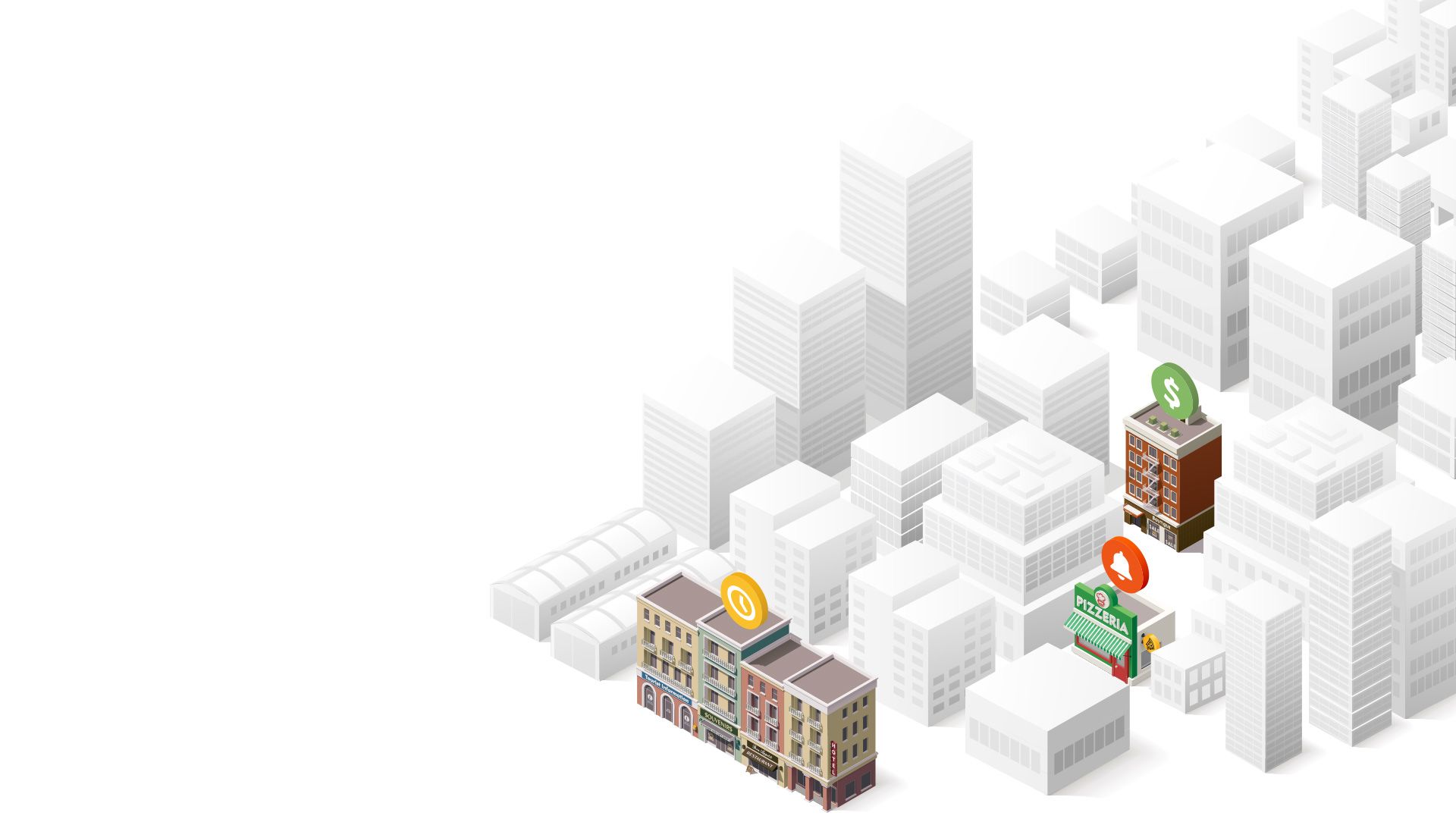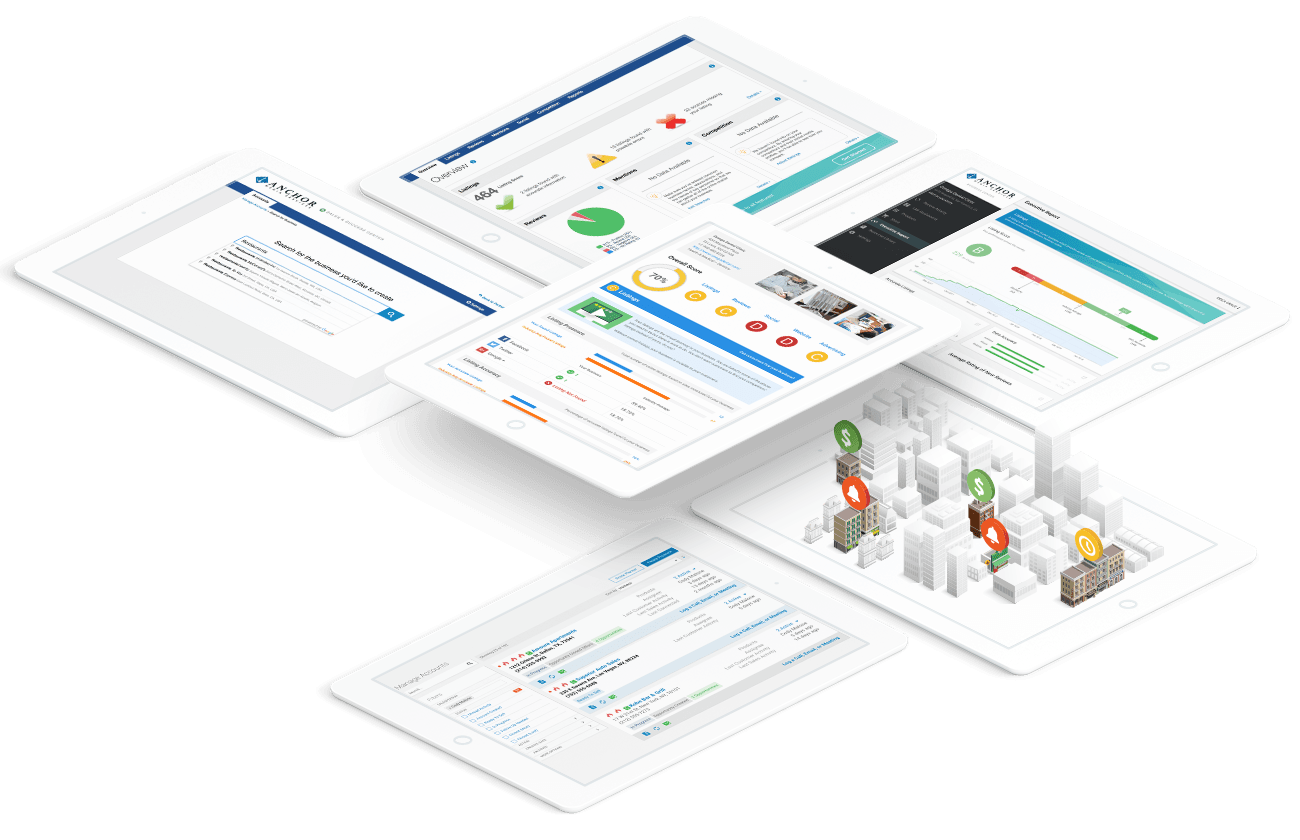What is SaaS software? A guide to software as a service (SaaS) platforms [Updated 2022]
When a business wants to buy software, chances are they’re looking for software as a service or a SaaS software platform. Think of any software, from email to Microsoft Word, and now imagine it as an app that’s accessed via the internet. This is very different from traditional software that’s installed on computers. What are the benefits of saas over traditional software? It’s so much better!
Today, nearly every software provider offers a SaaS solution. Why? Because it allows companies to get up and running quickly and with little cost.
Help your clients make the move to a SaaS software platform. Download “Lessons from the digital chasm” to learn data-backed tips for boosting small business tech adoption.
Whether you’re a digital marketing agency, MSP, or media company, you can gain the competitive advantage with a SaaS tool that’s tailored to your business. If you’re not sure which SaaS software platform is best for your business, we have you covered. In this beginner’s guide, we’ll cover the fundamentals of a SaaS platform and identify the essential platforms you need for marketing and sales.
What is SaaS software?
A SaaS solution is a type of software as a service that users access via the internet. Also called web-based software or on-demand software, SaaS software is different from traditional software because it’s not a physical installment on your computer. Instead, this software delivery model is available through the internet and users can access it via a website or an app.

Since the software as a service platform is not installed on a user’s computer, it lives on the SaaS software provider’s servers. No more complicated in-person installations, and no more physical media updates! Software updates are automatic with any SaaS solution.
One of the most popular Saas-based companies is Microsoft Office 365. Users can purchase a subscription to the app versions of Microsoft software tool, such as Word, Excel and PowerPoint.
Software as a service platforms can host a wide range of software, including sales, ecommerce, marketing, and business development software. Some SaaS platforms, such as Salesforce and HubSpot, were even born in the cloud.
SaaS platform pricing
What are the benefits of SaaS over traditional software? In addition to how it’s accessed, SaaS is priced differently than traditional software. SaaS platform pricing is based on a subscription, or pay-as-you-go model. Here, we go into the most popular types of SaaS platform pricing options.
Subscription and tiered pricing for software as a service
A software as a service platform subscription pays for access to the software as well as maintenance, updates, and security.
This pricing model comes with many benefits for customers as well as businesses. It’s more affordable than buying traditional software, so you have the choice of customizing features and only paying for the features you need. Vendasta, for example, has multiple subscriptions, including Starter, Basic, and Pro. Enterprise subscriptions are also available.
Freemium pricing
In addition to the pay-as-you-go pricing model, Vendasta has a freemium model of its software as a service platform. This means you can access the software platform without cost and start using it to provide digital solutions to your customers today. Then, as your business grows, you can start thinking about the upgraded options that fit your needs.
Flat-rate pricing
Flat-rate pricing is another common pricing model in SaaS software, and it is exactly as it sounds. A user will pay a flat rate for a standard product or service and this will include all features of said product or service.
Per-user pricing
The per-user pricing model is seen in SaaS-based companies like Asana. Rather than a flat or subscription tier model, per-user pricing charges companies a rate per user. So if a company signs up 10 users they will pay 10 fees, one per user. This charge will likely be a lower rate than a subscription or flat-rate pricing model because a tool like Asana will usually be used by a large number of individuals at a company. Per-user pricing is common with SaaS tools that appeal to both individuals and larger groups.

SaaS solution customer service
Customer service takes on a new role with SaaS solutions. What are the benefits of SaaS over traditional software when it comes to customer service?
In traditional customer service situations, the agent would likely be dealing with an unhappy customer more often than not. With SaaS customer service, an agent is far more likely to be working with customers who need assistance with the software platform. Everything is ongoing with continuous updates and feature releases as they become available.
As exciting as this is, it can be a lot to keep up with for some customers and can result in customer churn. A customer success team with the tools and availability to help in any software platform or feature situation will keep customers satisfied and mitigate that customer churn.
A high-performing customer success team lives at the center of successful SaaS-based companies. The customer support team should be the go-to people between the customer and the company to bring concerns to developers and information to customers. This mediatory relationship provides support to both sides resulting in satisfied customers who actually contribute to the success of the SaaS solution they use.
How to win with a SaaS platform
Software as a service platforms are a huge win for companies, especially digital marketing agencies, start-ups, and small businesses.
What are the benefits of saas over traditional software for these companies? The unique pricing model and the way it’s accessed offer numerous advantages, namely cost savings and a competitive advantage.
When it comes to software as a service platform pricing, SaaS software helps companies save a lot of money by:
- Eliminating initial costs
- Eliminating costs associated with maintenance and updates
- Providing automatic upgrades
- Simplifying feature add-ons
- Allowing for scalability
Before SaaS software, the cost of software installation fell on the customer. Whether a business had an IT department or not, the customer was responsible for installing the software and making sure it was regularly updated. This also meant staying on top of security measures and updates.
But with software as a service, the provider is responsible for maintaining the hardware and software. This means you no longer have to pay to purchase, install, and maintain software.
A SaaS software platform is also practical and easy when it comes to backups and security. Companies used to be responsible for backing up files and keeping security up-to-date, which are all in a day’s work when dealing with software. But security and backups are now on the shoulders of the provider.
Along with cost savings, a SaaS software platform is ideal for marketing agencies, MSPs, and media companies because of its ability to grow as a business grows. It’s scalable and flexible.
For example, companies no longer have to pay for features they don’t want. With a SaaS tool, they can easily customize software packages to fit budgets, and then add on features as they grow and need them.
But perhaps the biggest advantage is access to enterprise software.
Traditional software is usually designed for the big guys that require sophisticated applications. But by eliminating the need to install and run software on computers, SaaS platforms allow companies to subscribe to enterprise-level software such as sales CRMs and marketing software platforms.
For this reason, investing in a SaaS tool is the fast and easy way for companies to gain access to enterprise-level software without the cost.

What are the benefits of SaaS over traditional software?
Business today happens in the cloud, and software as a service is expected to keep growing.
Companies are investing in cloud solutions, and now is the time to make the transition from traditional software to SaaS software.
Software as a service platforms are the new normal, and today’s growing companies stay competitive with SaaS CRMs and marketing software platforms. As you think about your sales and software needs, ask yourself the following questions:
- How does sales and marketing function within your business?
- Are you interested in improving sales within your company?
- If you solved cold calling, how much would that be worth to you?
- If you could change one part of your business, what would it be?
- How do you currently train your sales reps, and how much time and resources does it take?
With those answers on hand, how do you know if you’re ready to make the leap from traditional to cloud software?
Here are five signs your business is ready for SaaS software:
1. You want enterprise-level sophistication.
Today’s competitive businesses want the same tools as the big guys. If a small business CRM is letting you down, it might be time to upgrade to a SaaS platform and take advantage of some of the enterprise features and support you’re looking for.
2. You want to lower costs and a simple pricing structure.
There’s no doubt traditional software is expensive. It’s costly to buy, install, update, and maintain traditional software. By using SaaS software, you can reduce costs associated with traditional software. Plus, SaaS platforms have a simple pricing structure that allows you to keep software costs within your budget.
3. You want scalable and flexible software solutions.
The goal of most every business is to grow. It’s vital to the success of your business to invest in products that will grow with you. With SaaS software, you don’t have to pay for features you don’t want or need at the moment. Then, as your business grows, you can add features and integrations that matter most to your business.
4. You want to support a remote workforce.
Modern business has embraced the remote workforce, and SaaS fits into this picture. A SaaS software platform is accessed via the internet, which means if you can now provide remote employees with the same software they use in-house. Whether it’s to communicate and collaborate as a team or close sales, a SaaS tool helps empower the remote workforce.
5. You want mobility.
Today’s workforce wants to work anywhere, anytime. With a software as a service platform, they can access essential software and tools via an app on a smartphone, tablet or laptop.
As you think about your business needs and whether you need a SaaS platform, remember that it’s a solution to many of your current problems with sales and marketing software. The good news is that a proper CRM SaaS platform can solve all these issues, and more.
CRM SaaS platforms
A CRM SaaS platform is a subscription-based customer relationship management platform. For a recurring subscription fee, you can use a robust sales CRM and boost sales without having to invest in enterprise software. A CRM SaaS tool should be able to do all the functions and capabilities that traditional CRM software can do. While you might tailor features, the basics should be strong enough to support your business today and in the future.
Here are the key features to look for in a CRM software as a service platform:
- A sales CRM
- A pipeline management tool
- Sales training resources
- Marketing automation
As you consider selling SaaS software, think about bundled SaaS solutions that include products that help your company with specific processes, such as sales and marketing.
SaaS-based companies: Vendasta SaaS platform
Whether you’re a digital agency, an MSP, or another reseller, Vendasta has the SaaS software platform you need to thrive in the local environment. In fact, Vendasta offers a white-label software as a service platform that allows you to build your brand and resell digital solutions using our SaaS platform. You can increase profits by becoming a SaaS reseller.
Start using our best-in-class SaaS platform for the modern era.
[adrotate banner="180"]

